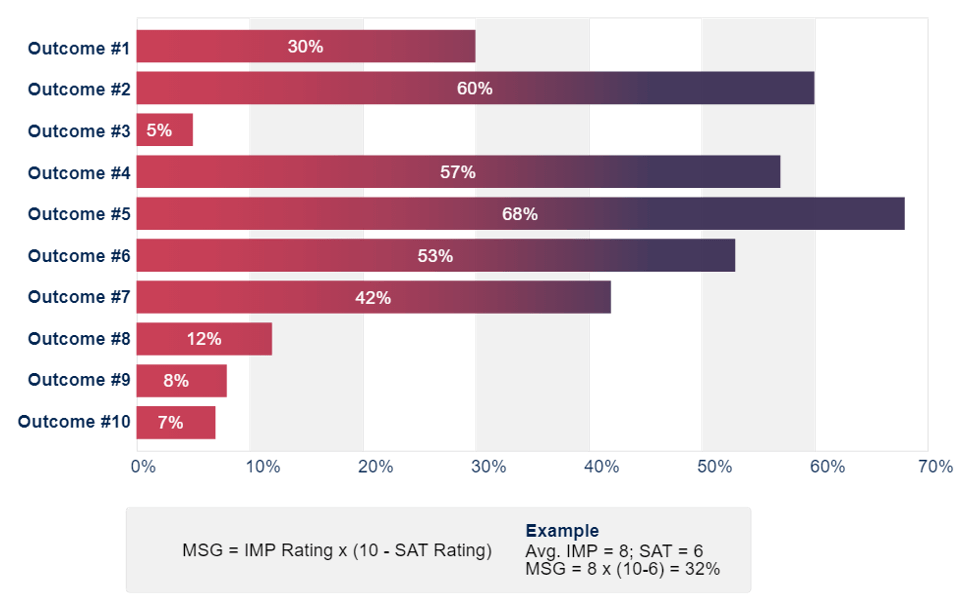Oil Drilling Parts: Don’t lead with solutions
A New Product Blueprinting Case Story

Situation
This Fortune 500 components producer had heavily invested in some new high-pressure technology. They launched a new-product team to pursue the oil drilling market, excited about the prospects of commercializing their new technology. They weren’t sure Blueprinting interviews were even needed—since they had served the oil-drilling market for nearly 30 years—but decided to conduct them just in case.
Approach
When the teams conducted their Discovery interviews, they wanted to ask customers, “Would you like higher-pressure components?” But they didn’t. Instead they followed the Blueprinting approach they had been taught, and asked only about customer outcomes, not their solutions. The customers never asked for higher pressure components. But they did ask for lots more. The customers—who represented nearly three-quarters of the global market—were highly engaged and eager for this supplier to fix many other problems, e.g. tighter tolerances, higher-temperature service, and improved corrosion resistance.
When the new-product team completed their Preference interviews—sans “higher pressure”—they were pleased to see four outcomes with Market Satisfaction Gaps in excess of 50%. One of them—corrosion resistance—even scored above 60%!
Results
The team went on to develop a new component that addressed two of the four outcomes with Market Satisfaction Gaps over 50%. The product launch was one of their most successful ever, and this was partly because key customers had already “bought in” to their design. Not only that, but the team is targeting the remaining two outcomes in its next-generation product.
Lessons
Lesson 1: Many companies want fast “time to market.” But what you really want is fast “time to money,” when customers start buying your product. You accelerate this when you engage customers in the front-end.
Lesson 2: It’s perfectly fine to have cool ideas, hypotheses, and potential supplier solutions. Just don’t mention them during your New Product Blueprinting interviews. These interviews are for searching… not solving or selling.
